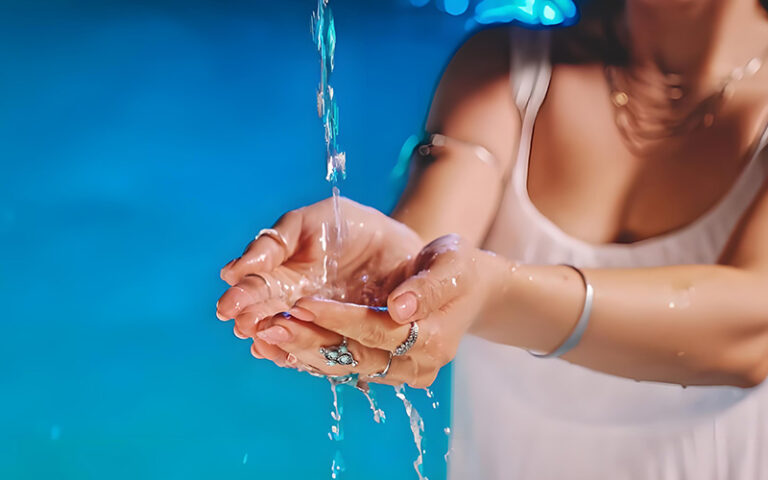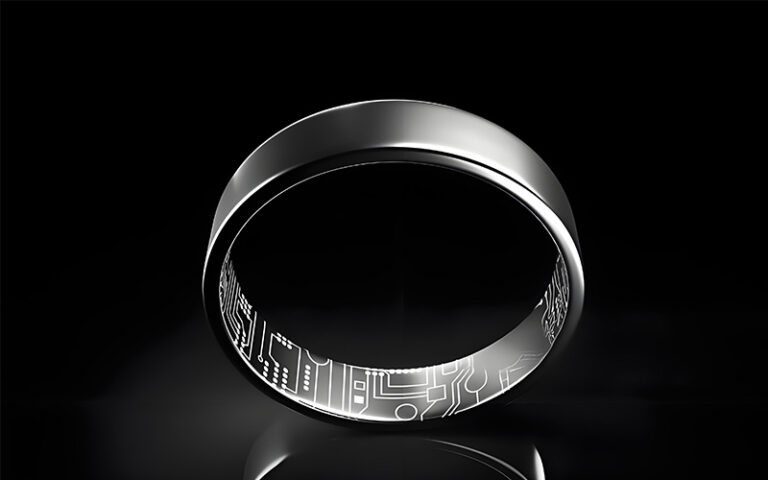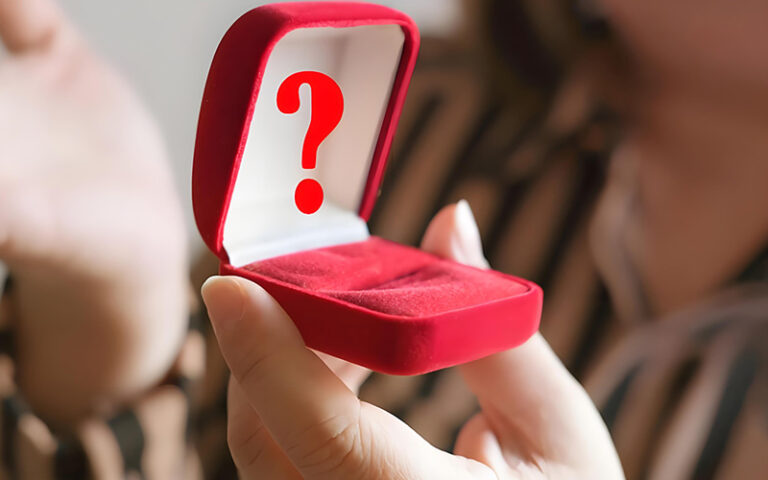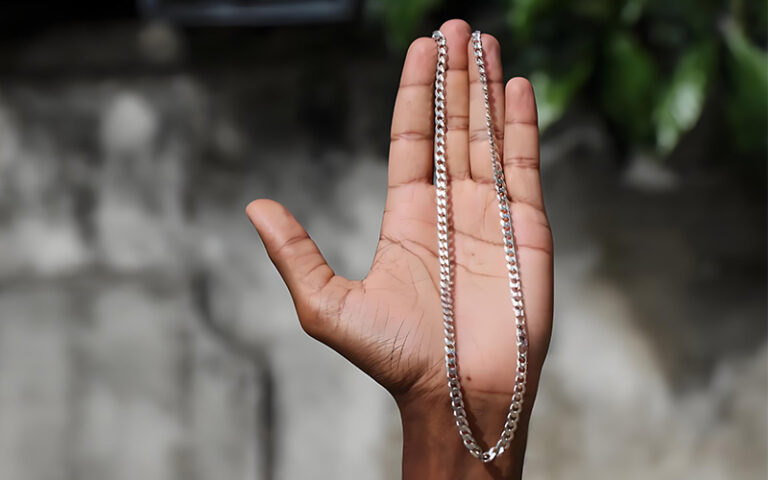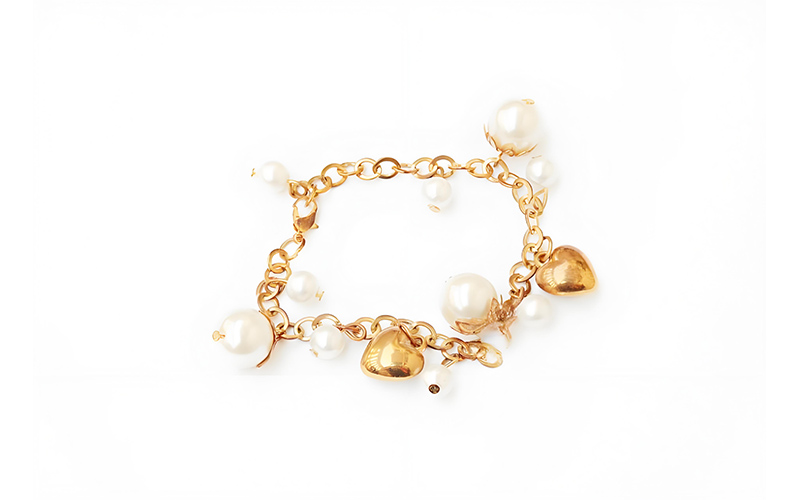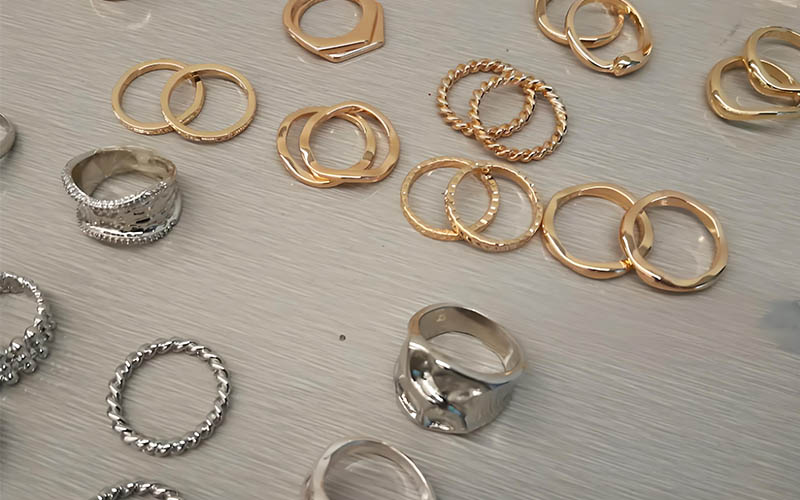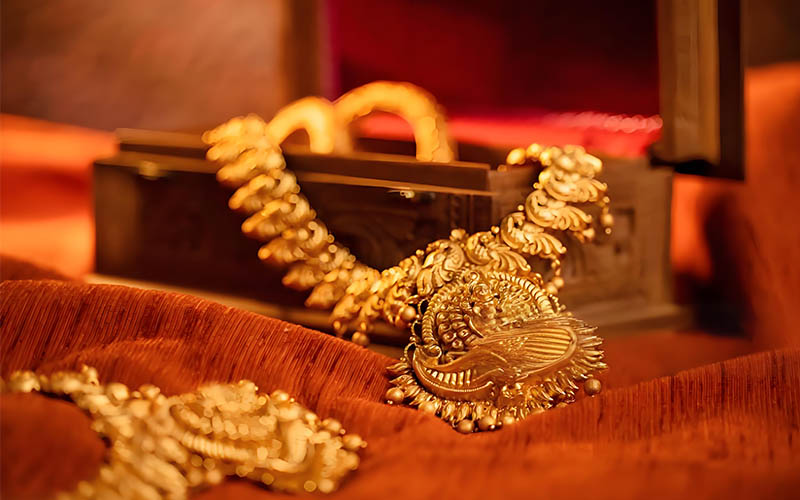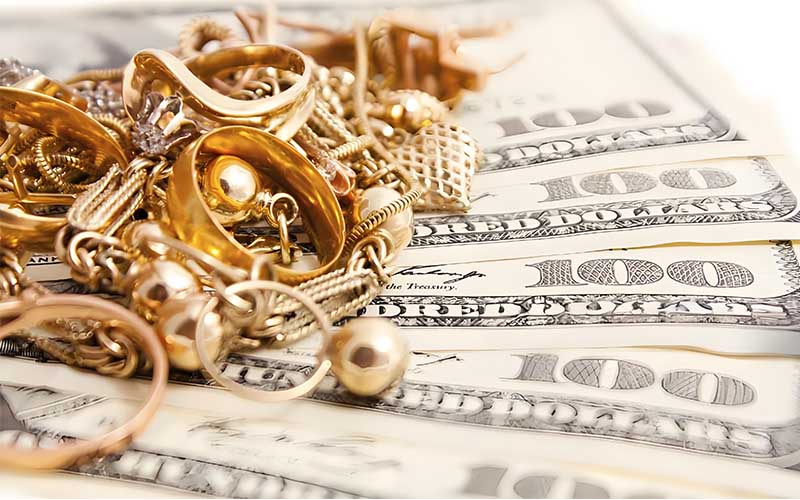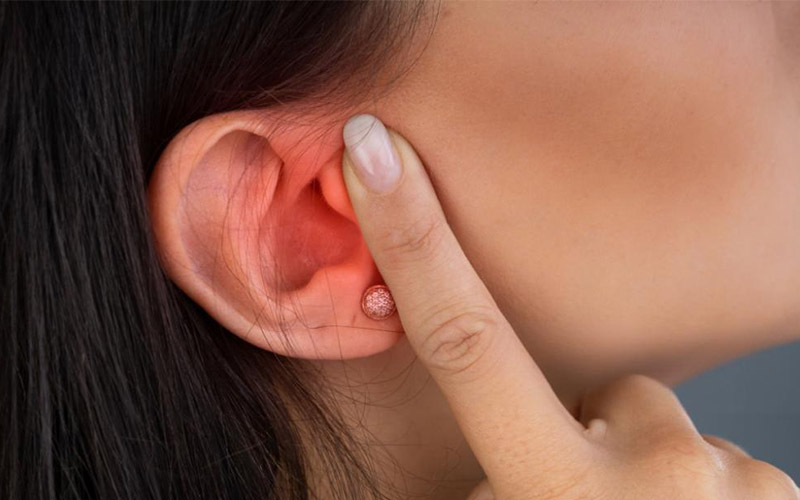
Ear Piercing Pain Scale: My Guide to Least to Most Painful Types!
Hi there! I’m so glad you’re here. Are you thinking about a new ear piercing? That’s great! But maybe you worry. You might think, “Will it hurt a lot?” I get it. I have had a few ear piercings myself. I know that pain is always a consideration. This article is for you. We will talk about different types of ear piercings. We will rank them from the least to most painful. This will help you pick. You will know what to expect. You will also learn why good, strong jewelry is so important. As someone who helps make top-quality piercing jewelry, I know that what goes in your ear matters. It can make healing better and your ear piercing feel good. So, let’s learn about ear piercing pain! This guide will help you understand the potential pain and make a good choice for your different ear.
Table of Contents
Why Does an Ear Piercing Hurt? What Changes the Pain?
When you get an ear piercing, a needle makes a small hole. Some parts of your ear have more nerves. More nerves can mean more ouch. The fleshy part, like your ear lobe, has fewer nerves. So, a lobe piercing often hurts less. The harder parts of your ear are called cartilage. A cartilage piercing can hurt more. This is because cartilage is thicker. The needle has to push harder. The cartilage of the ear does not have a lot of blood flow. This can make healing take longer too.
Everyone is different. What hurts one person a lot might not hurt another person much. This is called pain tolerance. Your pain tolerance varies. So, a friend might say a helix piercing was easy. You might feel it more. Or, you might feel it less! Your ear shape can also make a small change. Some types of ear piercings might be easier or harder based on how your ear is made. Understanding the pain can help you feel ready.
You might be worried about a painful ear. That is okay. Knowing what to expect helps a lot. If you choose a piercing, and it hurts, it is usually quick. The first sharp feeling is fast. Then, it might feel warm or throb a bit. This is normal. The piercing process itself is very quick. Thinking about the pain level is smart. It helps you pick the best ear piercing for you.
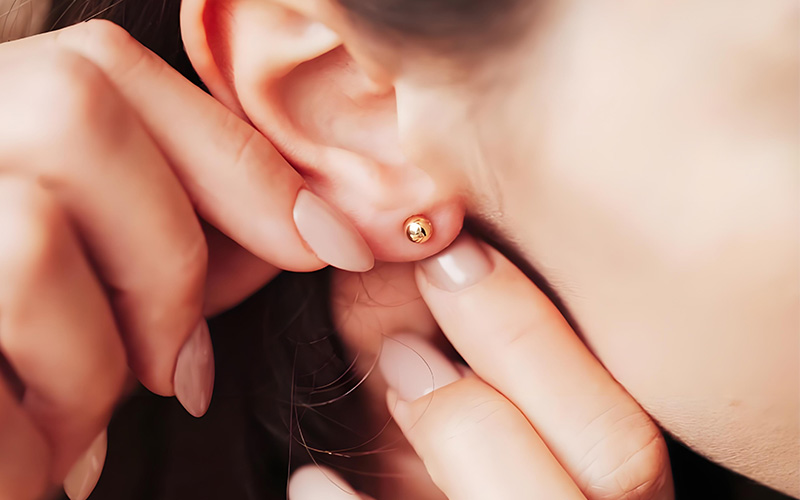
The Easiest Start: Is a Lobe Piercing Really the Least Painful?
Yes! Most people find that a lobe piercing is the least painful ear piercing. Your earlobe is the soft, dangly part at the bottom of your ear. It is mostly flesh and fat. It does not have hard cartilage. Because it is soft, the needle goes through very easy. This means the pain level is low. Many people say it feels like a quick pinch. Or like a tiny sting. Then it is over! I remember my first lobe piercing. I was nervous, but it was so fast!
The standard lobe piercing is very common. It is often the first piercing people get. Healing for a lobe piercing is usually fast too. It can heal in about 6 to 8 weeks. This is much faster than many cartilage ear piercings. A lobe piercing is often considered the entry point for many. It is a great way to start your ear piercing journey. It is often considered the least painful.
There is also something called a transverse lobe piercing. This type of piercing goes side-to-side through your ear lobe. Instead of front to back. It is still a lobe piercing. So, the pain level is usually low. It might be a tiny bit more than a standard lobe piercing. This is because the needle is in the lobe a bit longer. But it is still one of the less painful options. It is less painful than others’ choice for an ear piercing.
A Bit More Pinch: How About an Upper Lobe Piercing?
What about an upper lobe piercing? This ear piercing is still on the soft ear lobe. But it is higher up. It is closer to where the cartilage starts. So, is it more painful? A little bit, maybe. But not much! Think of the pain scale from 1 to 10. If a standard lobe piercing is a 1 or 2, an upper lobe piercing might be a 2 or 3. It is still one of the least painful choices.
The pain level for this ear piercing is still low. The area is a bit firmer than the very bottom of the lobe. So, you might feel a little more pressure. But it is very quick. My friend got three lobe piercings going up her ear. She said the highest one pinched a tiny bit more. But she said it was super easy. She loved how they looked! This ear piercing is a good next step if you have a lobe piercing already.
Healing for an upper lobe piercing is also quick. It is like a standard lobe piercing. It should heal in about 6 to 8 weeks. It is important to keep any new ear piercing clean. This helps it heal well. It also stops it from getting sore or having problems. A clean ear piercing is a happy ear piercing! This makes the level of pain after the piercing very low.
The Cool Helix Piercing: Does This Cartilage Piercing Have a High Pain Level?
Now we move to cartilage! Helix piercing is very popular. This ear piercing is on the upper ear. It goes through the curled outer rim of your ear. This part is cartilage. Because it is a cartilage piercing, the pain level is higher than a lobe piercing. On that pain scale of 1 to 10, a helix piercing might be a 4 to 6 for many people. It is a sharper, longer-lasting sting.
I have a helix piercing. For me, it was not too bad. It was a quick, sharp pinch. Then it felt warm and throbbed a little for a while. The piercing is located on the upper rim of your ear. Some people find it more tender if they sleep on that side. It can take longer to heal too. A helix piercing can take 3 to 9 months, or even a year, to fully heal. This means you need to be patient. You must clean it well.
There is also a forward helix piercing. This ear piercing is on the front part of that same rim. It is closer to your face. The forward helix spot can be a bit more sensitive for some. The pain level for a forward helix is often like a regular helix piercing. Maybe a little more, like a 5 to 7. You can even get multiple piercings here, like a double or triple forward helix. Multiple helix piercings look cool! But remember, each new hole is a new ear piercing. Each will have its own pain level. Painful cartilage piercings need good care.
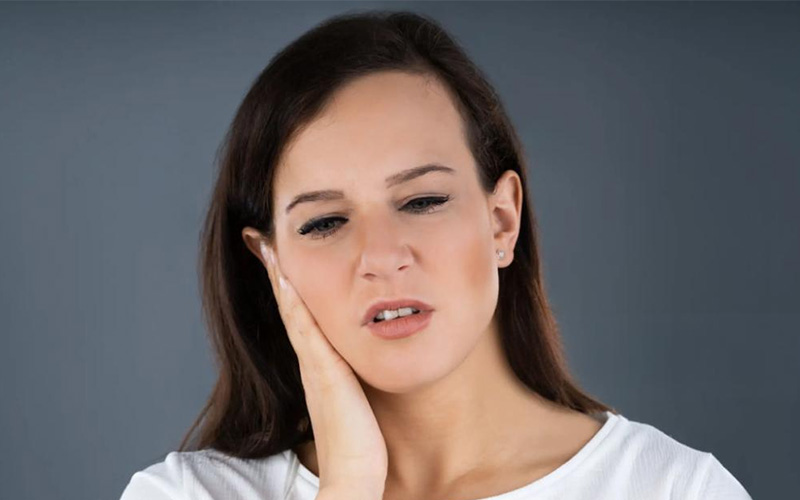
What About the Tragus Piercing? Is That a Painful Ear Spot?
The tragus piercing is pretty neat. The tragus is that little flap of cartilage. It is right in front of your ear canal. It partly covers the opening. A tragus piercing goes through this small, firm piece of cartilage. So, what is the pain level like for a tragus piercing? It is a cartilage piercing. So, it will be more than a lobe piercing. Most people say a tragus piercing is moderately painful. It might be around a 5 or 6 on our pain scale.
Some people worry a tragus piercing will hurt a lot. This is because it is close to the ear canal. But the tragus itself does not have a lot of nerves. The pain often comes from the pressure. The piercer needs to get a good grip on that small spot. I have talked to many people with a tragus piercing. They say the actual poke was quick. It felt like strong pressure and then a sharp sting. It is less painful than others in the cartilage family for some.
Healing a tragus piercing takes time. Like other cartilage ear piercings, it can take 3 to 9 months or more. It is important not to bump it. Earbuds can sometimes press on a new tragus piercing. This can make it sore. You might need to avoid earbuds for a while. Or use over-ear headphones. Keeping it clean is key for this ear piercing. This will help it heal well and not become a painful ear.
Daith Piercing: Looks Great, But What’s the Pain Scale Story?
A daith piercing is very cool. This ear piercing goes through the smallest fold of cartilage. It is in your inner ear. It is right where the helix piercing ridge ends, just above the ear canal. A daith piercing has a unique look. Some people even get a daith piercing hoping it helps with headaches. But what about the pain level? A daith piercing is often said to be a bit more painful. It might be a 6 or 7 on the pain scale.
The daith piercing is in a tight spot. The cartilage there is thick and curved. This can make the piercing process a bit tricky. You might feel more pressure for a longer time. The sound of the needle might also be loud. This is because it is so close to your ear canal. Many people describe the pain as a deep, intense pressure. It is followed by a sharp sting. I knew someone who got a daith piercing. She said it was her most painful ear piercing so far. But she loved it!
Healing a daith piercing can take a while. It is a cartilage piercing in a protected spot. This can be good. It is less likely to get bumped. But it can also trap moisture. So, you need to be extra careful with cleaning. Healing time is usually 6 to 12 months. A daith piercing is one where good aftercare is super important. This will help you avoid issues and enjoy your new ear piercing.
Let’s Talk Rook Piercing: What Can I Expect from This Inner Ear Piercing?
The rook piercing is another one for the inner ear. This ear piercing goes through the ridge of the inner ear. It is the fold of cartilage just above where a daith piercing would be. It is between the forward helix area and the main bowl of your ear. A rook piercing can look very stylish. But what is the pain level? A rook piercing is known to be one of the more painful piercings. It is often rated a 7 or 8 on the pain scale.
The cartilage for a rook piercing is quite thick. It is also in a bit of an awkward spot to pierce. This means the piercer needs to be skilled. You will likely feel a lot of pressure. The actual piercing part can feel like a very sharp, intense sting. The rook piercing is through a hard part of the ear. I have heard people say their eyes watered with a rook piercing. It is a painful cartilage spot for many.
Healing a rook piercing also takes patience. It is a thick cartilage piercing. It can take 6 to 18 months to fully heal. That is a long time! It is very important to keep it clean. And try not to sleep on it. Because the piercing is located on a ridge, it can sometimes get irritated by hair or hats. A rook piercing needs good care to heal well. This helps to avoid it becoming a painful ear for weeks after the piercing.
The Snug Piercing: Is It as Painful as It Sounds?
The snug piercing has a name that sounds cozy. But when it comes to pain, it is not so snug! This ear piercing is located on the inner ear. It goes through the vertical ridge of cartilage between the inner and outer ear. It is above the anti-tragus piercing area. The snug piercing is generally considered one of the most painful types of ear piercings. It can be an 8 or even a 9 on the pain scale. It is quite painful.
Why is a snug piercing so high on the pain scale? The cartilage there is very thick and hard. The piercing goes through a lot of tissue. It is also a shallow piercing. This means it sits close to the surface. This can sometimes make it more prone to irritation or even rejection if not done right or cared for. The snug piercing is done on the ridge of the ear.
Healing a snug piercing is also a challenge. It can take a long time. Often 12 months or more. It is in a spot that can be easily bumped. Sleeping on it can be very uncomfortable. You need to be very careful with a snug piercing. If you are thinking about this ear piercing, be ready for a higher pain level. And be ready for a long healing time. It is a painful cartilage piercing.
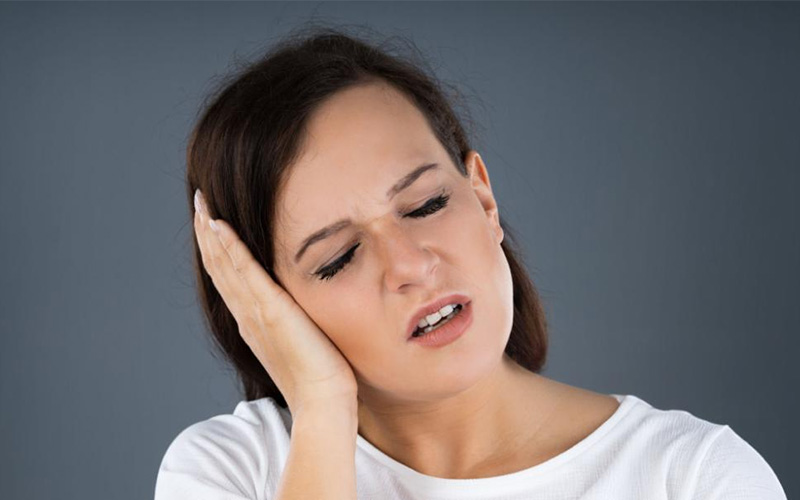
Industrial Piercing: Two Holes, Double Trouble on the Pain Scale?
An industrial piercing looks very striking. This ear piercing is actually two piercings in one! It is usually two separate piercings. They are made in the upper ear cartilage. A long, straight barbell connects them. One hole is often near the helix piercing area. The other is lower down, on the opposite side of the upper ear. Because an industrial piercing involves two piercings through cartilage, it is high on the pain scale. It is often rated an 8 or 9.
The industrial piercing is painful due to getting two holes at once. Each cartilage piercing will have its own pain level. Then, they have to line up perfectly for the jewelry. This can add to the discomfort. My cousin got an industrial piercing. He said the first piercing was not too bad. But the second one, so soon after, really stung! The bar connecting the two cartilage piercings can also put pressure on the healing holes.
Healing an industrial piercing is a long road. It can take 9 months to over a year. Sometimes even longer. It is very easy to bump an industrial piercing. Hair can get caught in it. Sleeping on it can be very hard. You need to be super careful with cleaning. Both holes need attention. If one gets infected, it can affect the other. This ear piercing consists of two points of care. This type of piercing tends to be more sensitive.
Where Do Flat, Orbital, and Conch Piercings Fit In? Are They Painful Types of Ear Piercings?
Let’s talk about a few more types of ear piercings. A flat piercing is on the flat surface of your upper ear cartilage. It is inside the outer rim, on the wide, flat part. The pain level for a flat piercing is usually moderate. It is a cartilage piercing, so expect a 5 to 7 on the pain scale. It is slightly more painful than a helix for some. The piercing is made through a broad, flat area of cartilage.
An orbital piercing is also interesting. An orbital piercing is similar to an industrial piercing, but it usually uses a ring. It involves two piercings made close together. A hoop goes through both holes. An orbital piercing can be in the lobe or cartilage. If it is in the lobe, the pain level is low. If it is in the cartilage, like the helix area, the pain level will be higher. It will be like getting two helix piercings close together.
Then there are conch piercings. The conch is the large, cup-shaped area of cartilage in the center of your outer ear. An inner conch piercing is in the deeper part of this cup. An outer conch piercing is on the flatter, outer part of this bowl. Conch piercings are cartilage piercings. The pain level is usually 6 to 8. The cartilage here is thick. The piercing is one that can be quite noticeable. An ear cuff is different. It is not a piercing. An ear cuff just clips onto your ear. So, an ear cuff has no pain from a needle!
Can Good Jewelry Help My Ear Piercing Hurt Less? (My Experience!)
This is a big question: Can the jewelry itself make a difference to the pain level? I really think so. Now, the first pinch of the needle will still happen. But what about after? You see, your body is trying to heal around this new thing in your ear. If the jewelry is poor quality, your ear piercing might get red. It might get sore. It might get infected. This makes the whole experience a painful ear piercing for much longer. This is a problem many people face. They get an ear piercing and then suffer from irritation.
This irritation can make your new ear piercing throb. It can make it itchy. It can make it really hard to heal. You might even have to take the jewelry out. That is so sad after getting an ear piercing! This is how the problem agitates you. You wanted something cool, but now it is just a painful ear. Pain is always a consideration, not just at the moment of piercing takes place, but for weeks after the piercing.
But here is the solution. As someone who has been in the business of making high-quality piercing jewelry, I know this: good materials matter. We make our jewelry from body-safe metals. Think of implant-grade titanium or pure gold. These are less likely to cause a reaction. Our jewelry is also super smooth. There are no tiny rough spots to catch on your skin. This means less irritation. Less irritation means less painful healing. It means your ear piercing can heal faster and better. So, while good jewelry does not stop the first ouch, it can make the weeks and months after much, much better. Choosing quality jewelry is choosing a happier healing journey for your ear piercing. Our manufacturing focuses on this precision and safety for your benefit.
After the Piercing: Does Healing Hurt Too?
The ear piercing pain from the needle is quick. But what about healing? Does that hurt? Sometimes, yes. A new ear piercing can be tender for a few days. Or even a few weeks. This is normal. Your body is healing. The piercing is generally a small wound. Cartilage ear piercings, like a helix piercing or rook piercing, can be sore for longer. This is because cartilage of the ear heals slowly. They tend to be more painful during healing than a lobe piercing.
The level of pain during healing also depends on care. If you bump your ear piercing, it will hurt! If you do not clean it right, it can get infected. An infected ear piercing can be very painful. It can get red and swollen. It might have pus. This is a big problem. An infection can turn your exciting new ear piercing into a real painful ear nightmare. This constant soreness agitates the situation further, making you regret the ear piercing.
The solution here is twofold. First, great aftercare. Clean your ear piercing as your piercer tells you. Second, again, quality jewelry! Jewelry made from poor materials can trap bacteria. It can cause allergic reactions. This makes healing hard and painful. Our well-made jewelry, crafted with precision from body-safe materials, helps prevent these issues. It gives your ear piercing the best chance to heal cleanly and quickly. This means less pain during healing. A smooth, well-polished surface means less for bacteria to cling to. This means a less painful, faster healing for your ear piercing. Keep in mind that pain can be reduced with good choices. And mind that pain tolerance can be helped by a smooth healing process.

